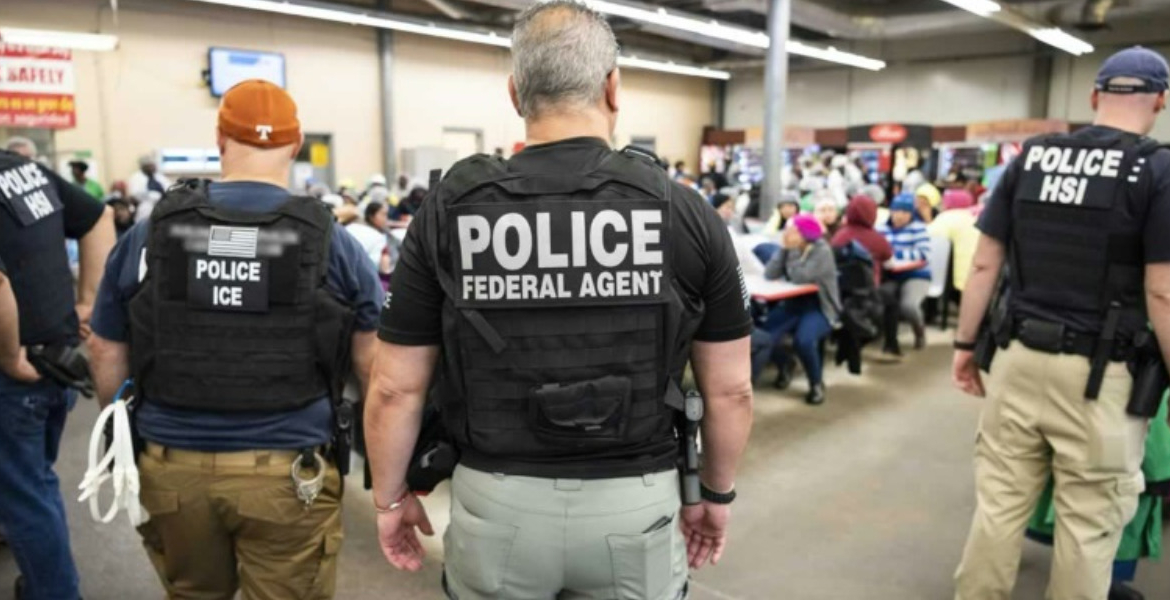Inside US Immigration Detention Where Immigrants Face Prison-Like Conditions

A surge in Immigration and Customs Enforcement (ICE) detentions under the Trump administration has brought renewed scrutiny to the conditions and practices within US immigration detention centres.
Individuals, including professionals, students, and tourists, are increasingly being detained for minor infractions or paperwork discrepancies that previously resulted in warnings or fines. The increase in detentions has drawn attention to what critics describe as arbitrary and punitive aspects of the system. The shift in immigration enforcement extends beyond the administration's initial focus on violent offenders, now encompassing everyday visitors and tourists.
One such case involves Australian mixed martial arts coach Renato Subotic, who was detained for 24 hours upon arrival in the US due to a visa issue. Subotic describes his experience in a federal detention centre as akin to being treated as a 'worst criminal'. Canadian actress Jasmine Mooney experienced a similar ordeal, spending 12 days in ICE custody after attempting to cross the US-Mexico border with an approved work visa. Mooney likened her experience to "kidnapping," recounting being shuttled between detention sites, left in cold rooms, and denied access to legal counsel.
Her case reflects the frustrations of many detainees caught in bureaucratic limbo despite complying with immigration rules or addressing minor infractions. Even highly educated professionals have faced prolonged detention periods. Kseniia Petrova, a Harvard Medical School researcher, has been held in ICE custody for over seven weeks after customs officers alleged she failed to properly declare specimens for her lab's research. Despite holding a legal J1 visa and expressing fear of returning to Russia due to political persecution, Petrova remains detained, prompting calls for her release from colleagues and US senators.
These cases bring to light the conditions within ICE detention facilities, which, despite being nominally non-punitive due to the civil nature of immigration law violations, often resemble criminal incarceration. Detainees face overcrowding, handcuffing, shackling, and inconsistent oversight. The elimination of key oversight offices under the Trump administration has exacerbated concerns about systemic failures and lack of accountability. Legal experts and advocates have raised alarms about the long-term effects of these policies.
Immigration attorney Len Saunders describes the administration's approach as "scorched earth" enforcement, noting the departure from previous practices that allowed border agents more discretion. The lack of urgency in handling detainees' cases compounds the problem, with individuals often remaining in detention centres for weeks or months due to an insufficient number of immigration judges.
The rise in detentions has led to increased scrutiny of the treatment of non-criminal individuals within ICE detention centres, prompting critical ethical and legal questions about the balance between security and humane treatment.








Add new comment